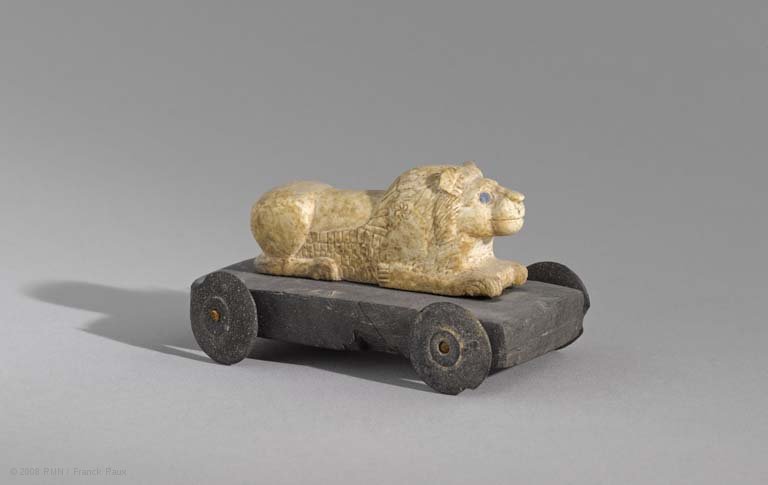Puzzling wonders of antiquity: Prehistoric Iranian toys or votive carts?

These pictured prehistoric Iranian animal figurines that are mounted on tiny carriages are being kept and displayed at the Louvre Museum in Paris.
The mobile objects that might be either toys or votive carts are a subset of a larger collection that were assembled under the Shutrukid dynasty in the late second millennium BC.
The collection unearthed by French mining engineer and archaeologist Jean-Jacques de Morgan (1857 – 1924) at Susa, southwest Iran, near the temple of Inshushinak.
Susa bears exceptional testimony to the Elamite, Persian and Parthian civilizations and cultural traditions. The modern Iranian town of Shush is located at the site of ancient Susa.

These animal figurines mounted on little carriages are part of a valuable deposit that is on display at the Louvre Museum in Paris. The relics were unearthed in Susa, southwestern Iran, in the early 20th.
According to the Louvre, Susian children in the Middle-Elamite court may have played with them, pulling the little carts along with a piece of string.
“Scholars have also pointed to the religious connotation of human or animal figurines on wheels, suggesting they were purely votive offerings. Of course a toy could become an offering, dedicated to a divinity or buried alongside a deceased person.”
AFM/MG
Leave a Comment